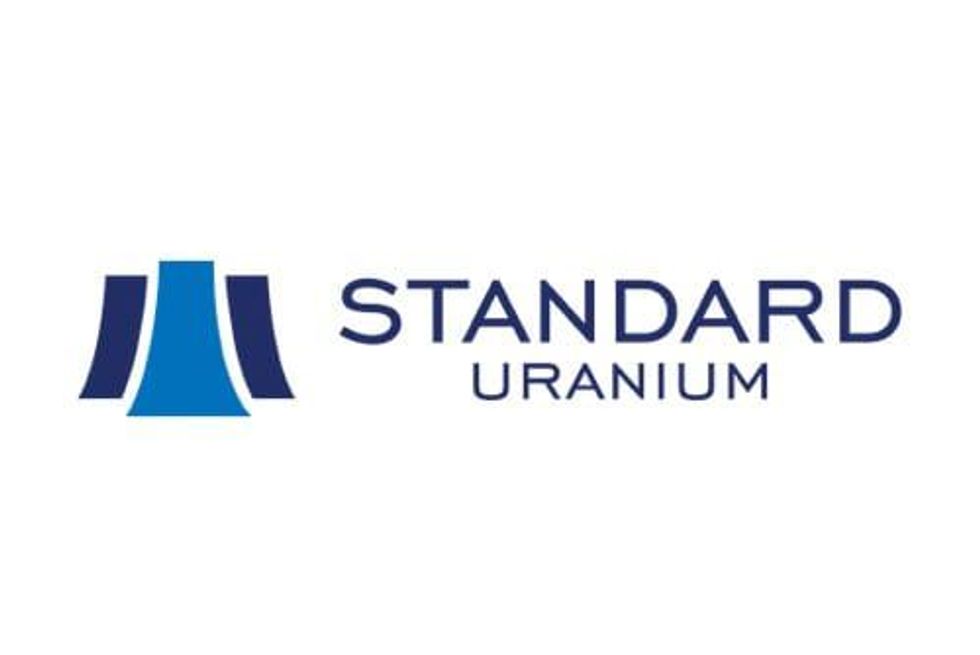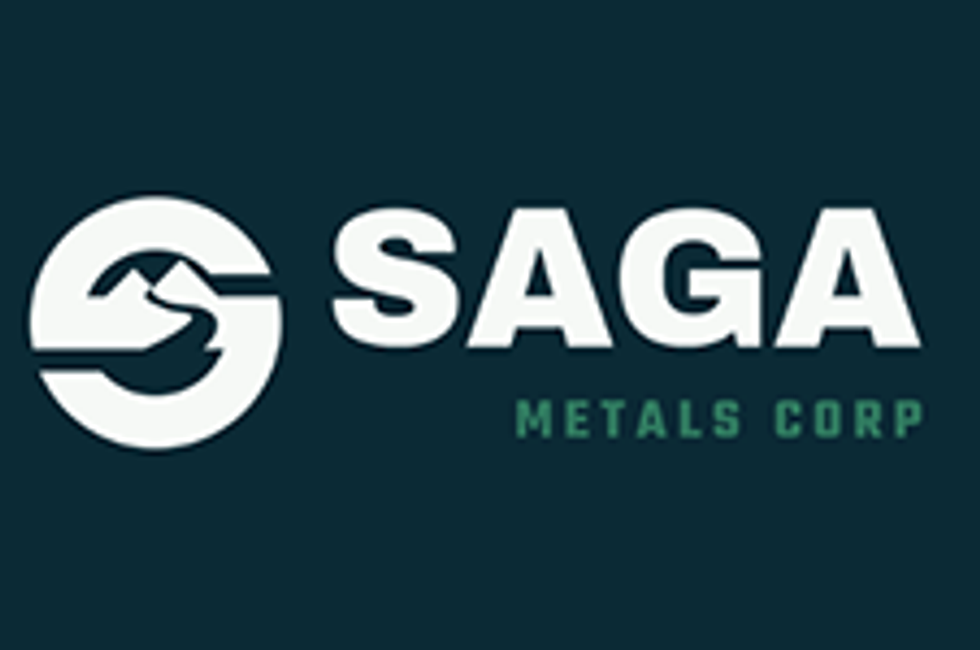Game-changing Deals for Athabasca Basin’s Uranium Players

Strategic partnerships in the mining sector allow companies to leverage each other’s strengths toward a shared goal.
In the mining industry, strategic partnerships not only help projects move forward, but also offer a better return on investment for stakeholders.
Joint ventures have long existed as a tactic through which junior miners can raise funds to develop greenfield and brownfield projects. In the face of an increasingly volatile global market, these partnerships are likely to become even more prevalent.
It's important for uranium investors to understand the different types of strategic partnerships and their benefits, particularly as they pertain to the uranium-rich Athabasca Basin.
Strategic partnerships in mining
Within the mining industry, there are generally two kinds of strategic partnerships.
Joint ventures pool the resources of two or more companies that seek to develop the same project or resource. These may be formed between multiple mining companies of any size and level of expertise. They're often used as a means of allowing a non-domestic investor to gain a foothold in a new region.
According to mining lawyer Khaled Abdel-Barr, junior explorers often sign joint venture agreements with senior mining companies for mutually beneficial arrangements that leverage each other’s strengths. The senior company typically provides geological expertise, technical knowledge, contacts and data sets, while the junior partner is often the property holder.
An earn-in agreement, meanwhile, is a legal contract between the owner of a mining or exploration project and a second party. It establishes a means by which the second party might acquire an interest in the project.
Equity partnerships are a less common type of agreement within the mining sector. Compared to joint ventures and earn-in agreements, they're somewhat simpler, with one company simply acquiring a stake in another company or one of its projects. Such partnerships represent a common growth strategy.
Strategic partnerships may be formed in a few different ways, but generally, they start with the potential partners identifying a project that might benefit from a strategic alliance. Oversight for these partnerships is frequently provided by a committee comprising members from all stakeholders. In some cases, a joint venture may also include an earn-in agreement, while in others, one company might eventually acquire the project from the other with a single purchase.
Partnerships in a growing uranium demand landscape
Strategic partnerships can be immensely beneficial for a multitude of reasons. For one, they let companies pool their resources, allowing them to achieve a level of success beyond what would have been possible had the companies worked alone. These partnerships also enable the sharing of knowledge and expertise, in some cases even providing a company with a guaranteed market for a product.
Within the mining sector, these partnerships can help circumvent many of the most significant barriers to growth and development. In addition to making the allocation of public and private sector funding more efficient, collaboration can provide companies access to markets that might otherwise be closed to them, such as China. Strategic collaboration also allows mining companies to pool their exploration and research efforts, eliminating redundancies and freeing up resources for other revenue-generating pursuits.
Though the benefits are many, it's important to note these partnerships are not entirely without risk. There are many factors a company needs to consider before entering into an agreement of this nature, including project deadlines, responsibilities and potential shared debt. Both companies must also evaluate whether the project or asset being targeted by the partnership is worthwhile.
Noteworthy partnerships in the Athabasca Basin
Within the Athabasca Basin, where a significant number of uranium exploration and development activities are transpiring, there are a few notable strategic partnerships taking place.
The first is an option agreement signed in May between North Shore Uranium (TSXV:NSU) and Skyharbour Resources (TSXV:SYH) pertaining to South Falcon, a 42,906 hectare property containing 11 mineral claims. Under the agreement, North Shore has an earn-in option to acquire an initial 80 percent interest in the property with the potential for 100 percent ownership. Over the next three years, North Shore will be required to fulfill combined cash, share issuance and exploration expenditure commitments of C$5.3 million, with C$3.55 million of that being exploration expenditures, and will have the option to purchase the remaining 20 percent for C$10 million in cash and shares.
There's also the earn-in agreement between Carmanah Minerals (CSE:CARM) and Marvel Discovery (TSXV:MARV) for Marvel's Walker uranium claims. Upon completion of the agreement, which was announced in late 2022, Marvel and Carmanah will each own 50 percent of the property.
Stallion Discoveries (TSXV:STUD) announced a joint venture with ATHA Energy (CSE:SASK) in Q2 that could potentially quadruple Stallion's land position to 715,450 acres as it would allow Stallion the option to acquire a 70 percent interest in 47 of ATHA's mineral claims. This could result in the largest contiguous project in the Western Athabasca Basin, and it would border some of the most significant projects in the region.
Lastly, uranium exploration company Standard Uranium (TSXV:STND) recently announced its transition to a project generator business model as it expanded its holdings in the Southeastern Athabasca Basin. With ownership of six projects totaling over 65,000 hectares, the company is seeking strategic partners to further advance its exploration and development efforts.
While it's too early to predict the outcome of these joint ventures, one can look at a few of the most successful partnerships in the region as an indication. Cigar Lake is, without a doubt, the most significant of these. A joint venture between Cameco (TSX:CCO,NYSE:CCJ) (54.5 percent), Orano Canada (40.5 percent) and TEPCO Resources (5 percent), Cigar Lake is the highest-grade uranium mine in the world.
As the largest underdeveloped uranium project in the Eastern Athabasca Basin, Wheeler River hosts two high-grade uranium deposits. Situated in close proximity to critical infrastructure, the project is the result of a joint venture between Denison Mines (TSX:DML) and JCU Exploration Company. Denison owns 90 percent of the project and is responsible for operations, while JCU owns the remaining 10 percent. As of August 2021, Denison also maintains a 50 percent ownership stake in JCU.
Investor takeaway
For mining companies, strategic partnerships represent an effective way to pool resources, maximize profits and counteract market challenges. Collaboration between companies can greatly improve the outlook of both parties, opening up new avenues of innovation and growth that may have otherwise been out of reach. For investors, strategic partnerships can lead to incredibly promising investment opportunities.
This INNSpired article was written as part of an advertising campaign for a company that is no longer a client of INN. This INNSpired article provides information which was sourced by INN, written according to INN's editorial standards, in order to help investors learn more about the company. The company’s campaign fees paid for INN to create and update this INNSpired article. INN does not provide investment advice and the information on this profile should not be considered a recommendation to buy or sell any security. INN does not endorse or recommend the business, products, services or securities of any company profiled. If your company would benefit from being associated with INN's trusted news and education for investors, please contact us.





